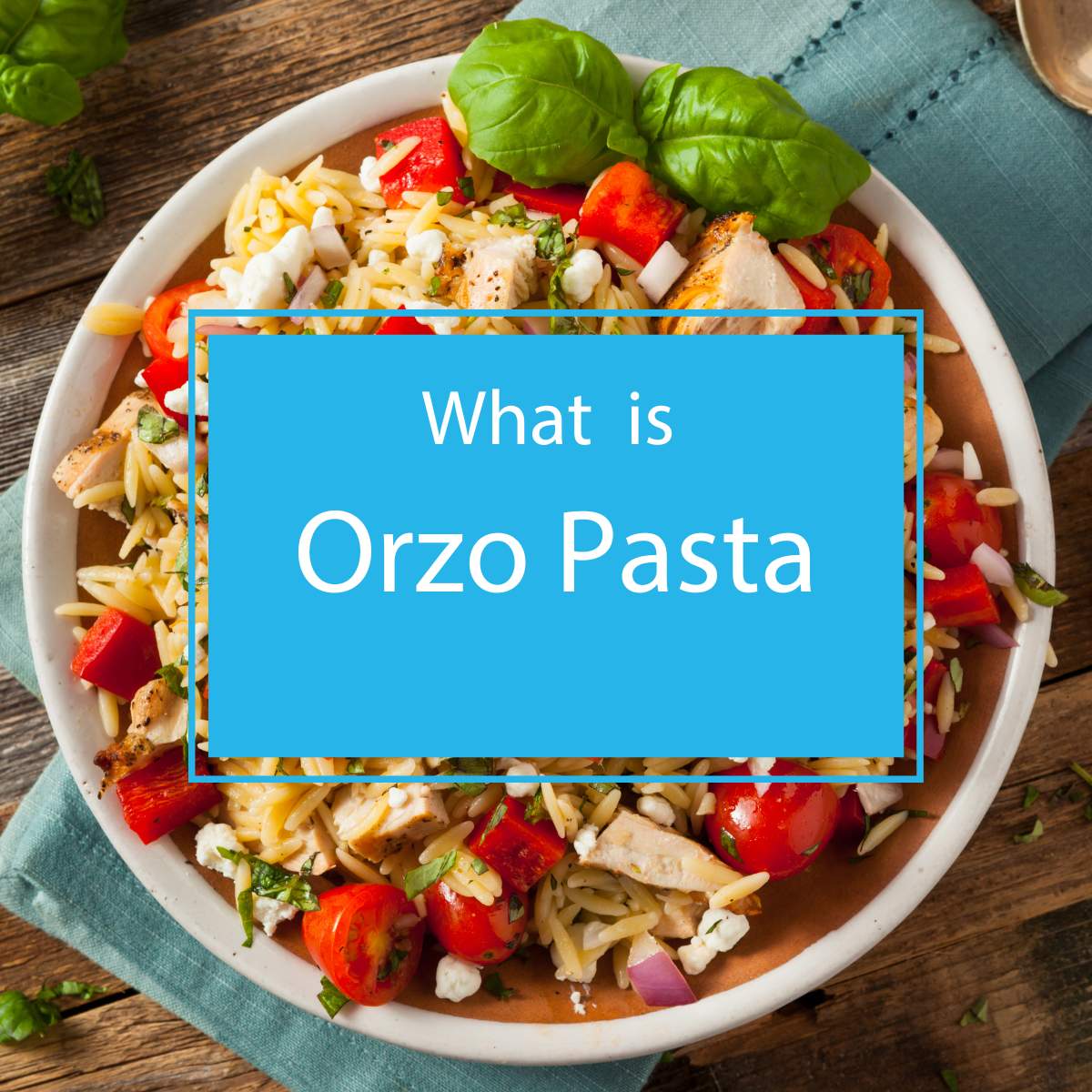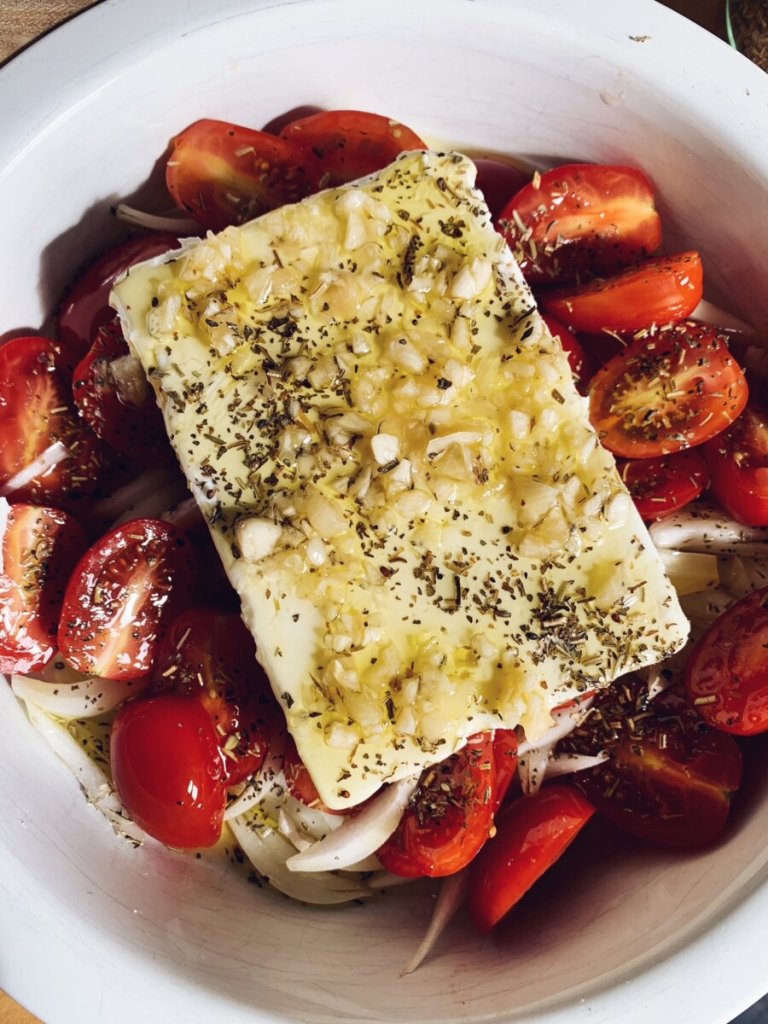Kritharaki, also known as orzo, is a rice-shaped pasta cooked similarly to risotto. This Greek-inspired dish is versatile and easy to customize.
Kritharaki plays a starring role in Mediterranean kitchens, bringing a playful shape and tender texture to the table. Ideal for absorbing flavors, this tiny pasta pairs wonderfully with robust tomato sauces, savory meats, and a variety of vegetables. Whether tossed into a refreshing salad or steeped in a hearty stew, kritharaki adapts seamlessly to both warm and cold dishes.
Its quick cooking time and comforting mouthfeel make it a family favorite and a staple for busy weeknights. Moreover, its shape adds visual interest to every meal, ensuring your dish is as appealing to the eye as it is to the palate. Dive into the simplicity of kritharaki and discover a world of flavor in this staple of Greek cuisine.
Introduction To Kritharaki
Kritharaki, often known as orzo in many parts of the world, is a small, rice-shaped pasta. It has roots in Greek and Mediterranean cuisine. Chefs use it in soups, salads, and even main dishes. Its ability to absorb flavors makes it versatile and loved.
As a Mediterranean staple, Kritharaki brings a touch of Greece to any table. It is not just pasta. It is a bridge to Mediterranean tastes and traditions. Families gather to enjoy dishes made with this wholesome ingredient. It makes every meal feel like a feast.

Selecting The Right Ingredients
Kritharaki, also known as orzo, comes in several shapes and sizes. Choice matters to ensure the perfect texture for your dish. Small, medium, and large grains suit various styles of cooking – from soups to salads.
For fresh produce pairings, consider tomatoes, onions, and peppers. They bring bright colors and tastes to your meal. Leafy greens like spinach or kale add nutrients and vibrancy. Combining fresh herbs like oregano or basil can lift the dish with a hint of the Mediterranean.
Proteins such as chicken, beef, or shrimp make the dish hearty. Plant-based options like chickpeas or lentils are also great. Cut meats into small pieces to cook evenly. Always ensure herbs are freshly chopped for maximum flavor. Mix them in near the end of cooking to preserve their essence.
Mastering The Cooking Technique
To master Kritharaki, the cooking time is key. A precise timer ensures perfect texture. Cook Kritharaki for 10 to 12 minutes for optimal results. Always taste test before turning off the heat, as different brands may have slight cooking time variations.
Stir regularly to prevent sticking. This action also aids in evenly distributing flavors. To infuse the pasta with aromas, add herbs and spices. Let the Kritharaki simmer with sauces or broths. This method allows it to absorb rich tastes. Patience and attention will yield a savory dish.
Innovative Twists On Traditional Recipes
Traditional kritharaki gets a vegetarian twist with fresh, colorful veggies. Think bell peppers, zucchini, and tomatoes, all simmered together to create a flavorful and hearty dish. Chickpeas or lentils can add both protein and texture, making the meal not only delicious but also nutrient-packed.
Seafood lovers can rejoice with seafood-infused kritharaki. Imagine tender shrimp or pieces of squid nestled among the orzo pasta. Fresh herbs like dill or parsley bring out the ocean flavors. This combination promises a satisfying culinary experience.
Those with a penchant for bold flavors might enjoy a spicy and sweet kritharaki. Imagine the heat from chili flakes or cayenne pepper balanced with a hint of honey or brown sugar. This dish provides a tantalizing dance of flavors on the palate. Roasted nuts add a pleasant crunch to every bite.
Serving And Presentation Tips
Plating your Kritharaki needs a creative touch. Begin with a warm plate to ensure your dish stays hot. Use a large spoon to twirl the Kritharaki into a nest shape. This makes it look tidy and appealing. Place the nest in the center of the plate.
Garnishing brings color and texture. Sprinkle chopped herbs like parsley or dill for freshness. A lemon wedge adds a zesty touch. Grated cheese on top gives a rich finish. Remember, eye appeal is half the meal!

Pairing With Beverages
Pairing the perfect beverage with your Kritharaki is key to a delightful meal. A rich and robust red wine, like a Merlot or a Chianti, will complement the savory flavors. Light-bodied white wines, such as Sauvignon Blanc or Pinot Grigio, pair well with seafood Kritharaki. They enhance the dish’s freshness without overpowering its taste.
For non-wine options, consider refreshing cocktails or flavorful mocktails. A Citrus Spritzer or a Mint Mojito, whether with or without alcohol, adds a fresh twist. A Ginger Beer Fizz offers a spicy kick. These drinks are great for balancing the dish’s flavors. Always serve beverages well-chilled for the best experience.

Frequently Asked Questions On Kritharaki Recipe
What Is Kritharaki?
Kritharaki, also known as orzo, is a rice-shaped pasta common in Greek cuisine. It’s often used in soups, salads, or baked in tomato-based sauces. Its versatility makes it popular for various dishes.
How Do You Cook Kritharaki?
To cook kritharaki, boil water, add the pasta, and stir occasionally. Cook for about 9-11 minutes until al dente. Drain the water and serve it as a base for your favorite sauces or in a salad.
Can Kritharaki Be Used In Vegan Recipes?
Yes, kritharaki can be used in vegan recipes. It’s made from wheat and water, making it suitable for plant-based diets. You can mix it with veggies and a vegan sauce for a complete dish.
What Are Traditional Kritharaki Dishes?
Traditional kritharaki dishes include kritharaki me kima (with ground meat sauce), youvetsi (baked with lamb and tomato sauce), and giouvetsi (oven-baked with chicken). They’re rich, flavorful, and comforting meals.
Conclusion
Embarking on a culinary adventure with kritharaki leaves you satisfied and eager for more. This delightful dish melds simplicity with flavor, making it a staple for any occasion. Remember to share your own twist on the recipe or pair it with your favorite sides.
Happy cooking and even happier eating!

